I have learned that interfaces and abstract classes in java help us achieve abstraction. However, I do not fully understand that theory, abstraction means hiding internal mechanism and showing relevant details only, but how exactly interface and abstract class help us in that.
Can someone please explain me with real life examples.

